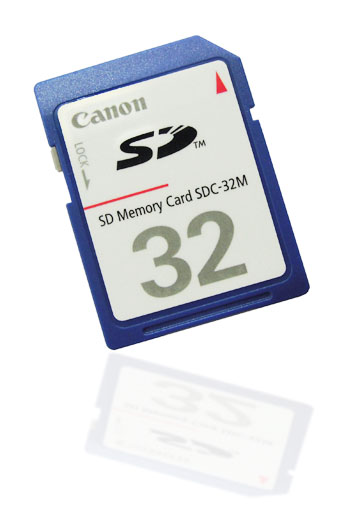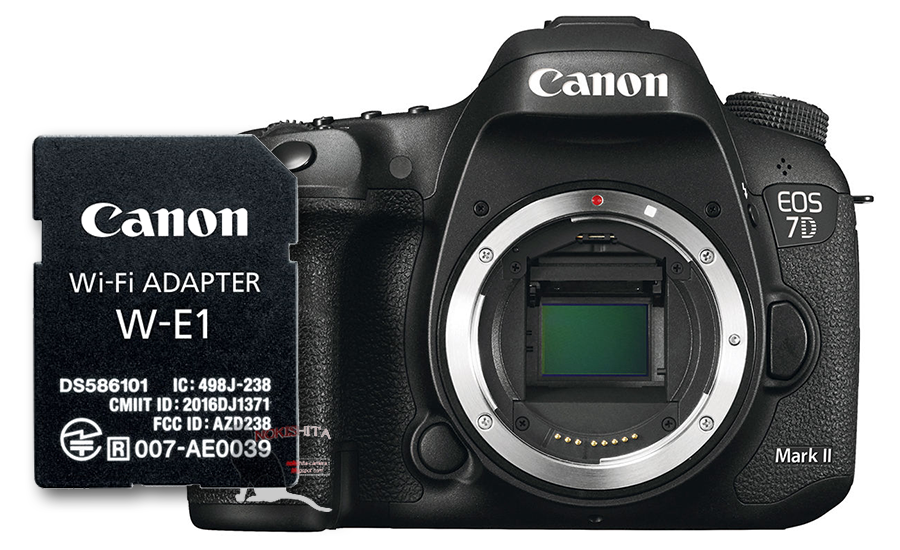

With a brand new card, it may or may not be pre-formatted, and more importantly, the formatting that is there might not be exactly compatible with the format scheme used by your camera. In my opinion, you *should* do a routine camera FORMAT every time you load a *brand new* picture card, using the camera's own menu FORMAT function. Once you have done the FORMAT, and the program completes the run, then firmware has known positive confirmation that the FORMAT has been done, and it will then leave you alone. And that status of uncertainty may cause the camera firmware to issue you a FORMAT WARNING MSG on the LCD screen. In other words, when you load the new card (brand new or previously used), the firmware does not know for sure that you have formatted the card.

You may need to know this (for sure) if you are planning a very large shooting session, and don't want to have to worry about running out of space on the chip.įORMATing also serves to "clear" the firmware's format check "flag" (I'm using very old computer terms here!, showing my age :^) ). Then it can begin the process of saving your picture files, by systematically assigning the picture file data to blocks of individual clusters, slowly filling the chip space as you take more pictures.įORMATing also serves to wipe out ("wipe the slate clean") on a previously used chip, so that you know (for sure) that all the space on the chip is clean and clear, ready for your new pictures. After formatting, the camera's firmware will know *exactly* how much space is available on that chip, how all the clusters are organized, and the starting memory address for each cluster. The concept is very similar to formatting a 3.5" Floppy Disk (remember those?). The camera's FORMAT operation does all this silently, in a few seconds, to prepare the raw chip for holding your picture files. Along the way, an index table is created to record the id & address location of all the clusters that are now available to hold data. Very generically speaking, the format operation takes all that raw space, and quantifies it by slicing it and dicing it into fixed-size chunks (sometimes called 'clusters' in computer terms). The SD card is basically a static memory chip (various capacities).


 0 kommentar(er)
0 kommentar(er)
